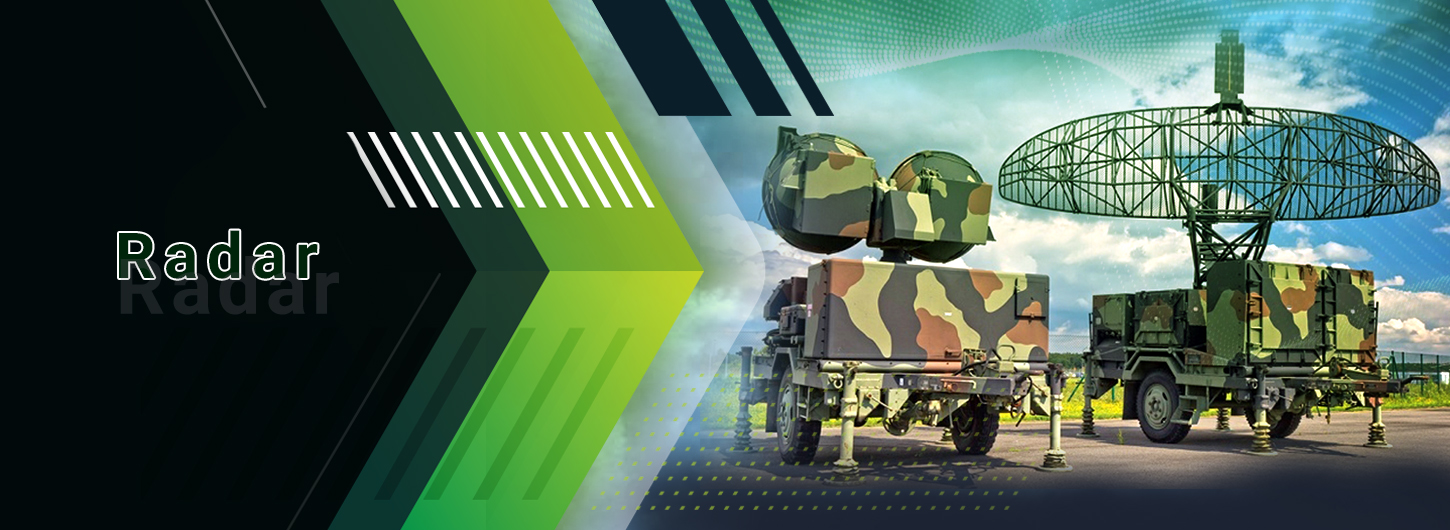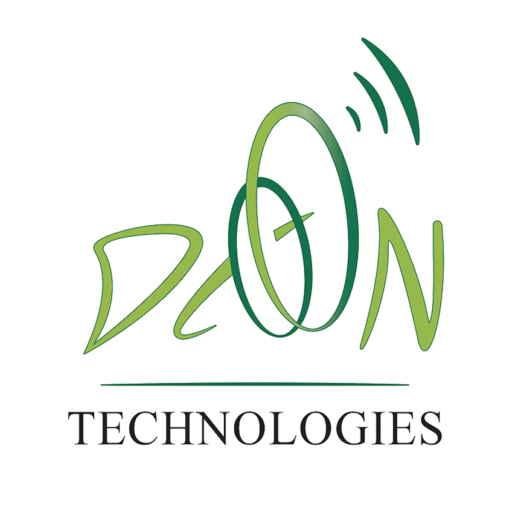
Radar
The RADAR system typically consists of a transmitter generating an electromagnetic signal that an antenna radiates into space. When this signal strikes any object, it gets reflected or reradiated in several directions. This reflected or echo signal is received by the radar antenna which delivers it to the receiver, where it is processed to determine the geographical statistics of the object. The range is determined by the measuring the time taken by the signal to travel from the RADAR to the target and back.
Radars can be used for identifying, locating, tracking, and recognizing objects of various kinds at considerable distances. The targets may be aircraft, ships, spacecraft, automotive vehicles, and astronomical bodies, or even birds, insects, and rain. Besides determining the presence, location, and velocity of such objects, radar can sometimes obtain their size and shape as well.
6 major parts of a RADAR System:
- A Transmitter
- Waveguides
- Antenna
- Duplexer
- Receiver
- Threshold Decision
Dioon radar technology provides the situational awareness solutions that customers need to make confident decisions. Whether airborne, shipboard, ground-based, mobile or fixed-site, used for air traffic management, ground control approach, 3D defense surveillance, maritime patrol, precision targeting and fire control, coastal surveillance, Dioon radars provide the capability and the flexibility required for mission success. When customers need to understand the airspace environment – to know what’s out there, how far away it is, where it’s going, how fast it’s moving or what it’s made of – they come to Dioon.
Dioon has led the world in the development and manufacture of radars and warning systems. Adaptable to the evolving requirements of defense and commercial markets, our advanced radar technologies support a multitude of military and domestic operation missions in law enforcement, homeland security, search and rescue, disaster relief and environmental science. Dioon radars help identify and protect the coast and navy ships from potential threats, land high performance military aircraft and large cargo military planes in the harshest weather environments and low visibility, track ships and boats in littoral borders and provide surveillance and weather information. They support search and rescue, track oil spills and ice flows, locate stranded vessels, map terrain and severe weather patterns and ensure safe, effective air traffic management. We continue to build on our decades-long radar leadership with modern digital waveform technology, advanced active antenna arrays and intuitive user interfaces that enable successful operations.
The radar industry involves the research, development, manufacturing, and deployment of radar systems. Radar stands for "Radio Detection and Ranging" and is a technology that uses radio waves to detect, locate, and track objects in the surrounding environment. It has numerous applications across various sectors, including defense, aviation, meteorology, maritime, and automotive.
Here are some key aspects of the radar industry:
- Types of Radar Systems: There are different types of radar systems, each designed for specific applications. These include:
- Air Traffic Control (ATC) Radar: Used in aviation to monitor and control aircraft movements, ensure airspace safety, and provide information to air traffic controllers.
- Weather Radar: Used in meteorology to detect and track precipitation, storms, and severe weather conditions, providing valuable data for weather forecasting.
- Military Radar: Utilized by armed forces for surveillance, target acquisition, air defense, ground-based radar systems, and battlefield awareness.
- Maritime Radar: Used in navigation, ship traffic control, collision avoidance, and maritime surveillance to detect other vessels, obstacles, and coastline features.
- Automotive Radar: Integrated into vehicles for advanced driver assistance systems (ADAS), such as collision avoidance, adaptive cruise control, and blind-spot detection.
- Radar Technologies: The radar industry employs various technologies to enhance radar capabilities. These include:
- Pulse Radar: Utilizes short pulses of radio waves to detect and measure the distance, direction, and speed of objects.
- Continuous Wave (CW) Radar: Emits continuous radio waves and analyzes the frequency changes caused by the Doppler effect to determine object speed and motion.
- Frequency-Modulated Continuous Wave (FMCW) Radar: Utilizes continuous waveforms with a frequency that varies over time to measure distance, speed, and other parameters.
- Phased Array Radar: Employs multiple antenna elements that can steer and shape the radar beam electronically, enabling rapid scanning, target tracking, and adaptive beamforming.
- Advancements and Trends: The radar industry continues to evolve with advancements in technology and ongoing research. Some notable trends include:
- Increased Sensitivity and Resolution: Advances in signal processing, digital technology, and antenna design have improved radar sensitivity, allowing for detection of smaller targets and higher-resolution imaging.
- Integration with Other Systems: Radar systems are increasingly being integrated with other sensor systems, such as cameras, lidar, and infrared sensors, to provide comprehensive situational awareness.
- Multi-Function Radar: Modern radar systems often have multi-function capabilities, combining surveillance, tracking, and identification functionalities in a single system.
- Radar for Autonomous Systems: Radar plays a crucial role in autonomous vehicles, enabling object detection, obstacle avoidance, and environment perception in challenging conditions like fog or low visibility.
- Software-Defined Radar: The use of software-defined radar allows for flexibility, adaptability, and upgradability of radar systems through software modifications, without hardware changes.
The radar industry is driven by the need for enhanced surveillance, safety, and efficiency across various sectors. Both government organizations and private companies contribute to the development and deployment of radar systems to meet these demands. The industry is also influenced by factors such as defense budgets, regulatory requirements, and technological advancements in related fields.
